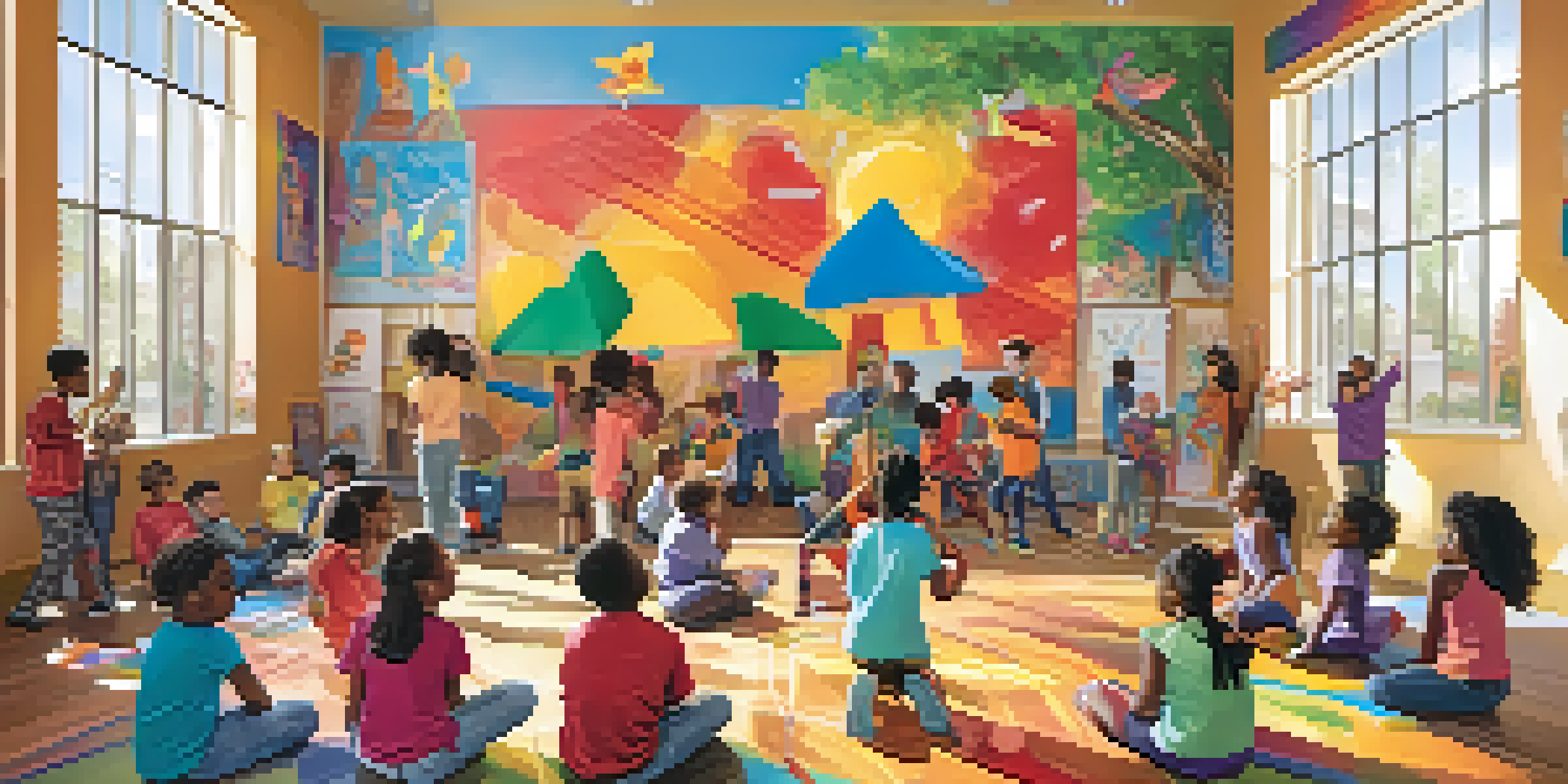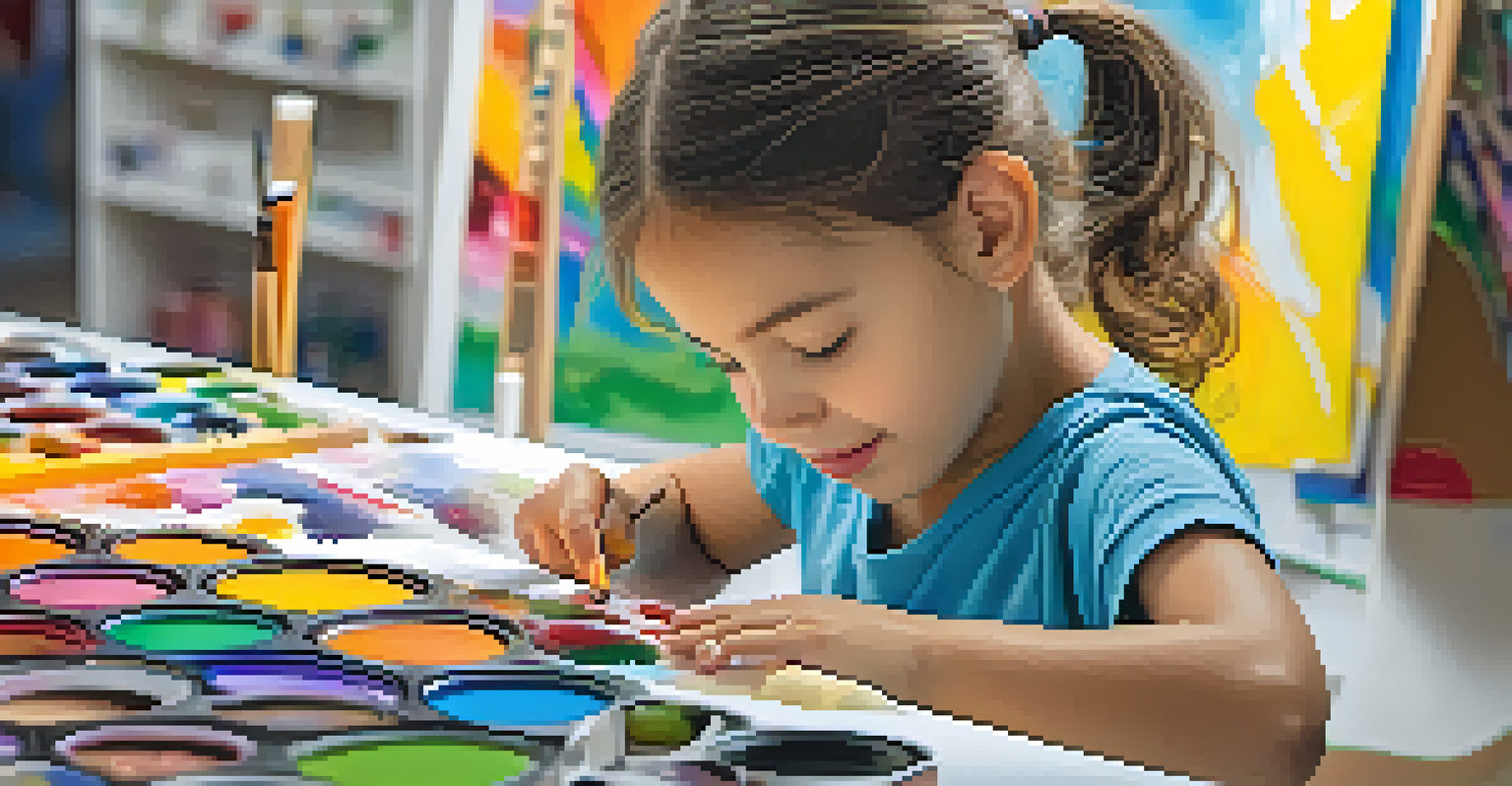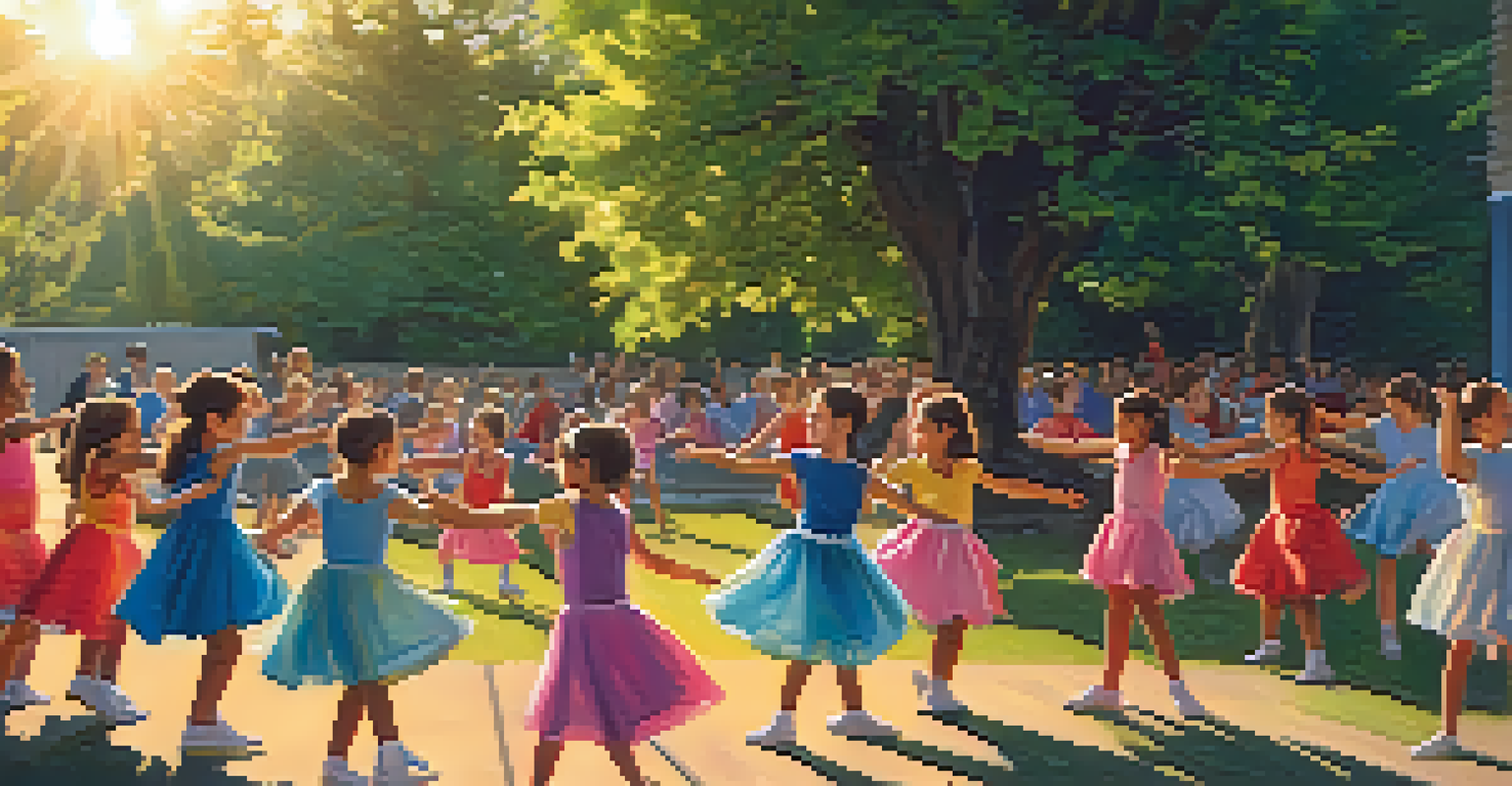Youth Arts Programs in New Jersey: Fostering Creativity

The Importance of Arts Education for Youth
Arts education plays a crucial role in a child's development. It fosters creativity, critical thinking, and problem-solving skills that are essential in today's world. Moreover, engaging in the arts can boost self-esteem and provide a sense of accomplishment.
Every child is an artist. The problem is how to remain an artist once we grow up.
In New Jersey, youth arts programs offer a safe space for young people to express themselves and explore their talents. These programs help bridge the gap between different cultures and communities, promoting inclusivity and understanding. For many participants, art becomes a powerful tool for personal expression.
Research shows that children involved in arts education tend to perform better academically. They develop a love for learning and are more likely to stay engaged in school. By investing in arts programs, we are not just nurturing artists; we are cultivating well-rounded individuals.
Diverse Youth Arts Programs Across New Jersey
New Jersey boasts a wide array of youth arts programs, catering to various interests and age groups. From visual arts and theater to music and dance, there's something for every budding artist. These programs are often tailored to meet the unique needs of the community they serve.

For example, organizations like the New Jersey State Council on the Arts provide grants to support local arts initiatives. This funding helps schools and community centers offer workshops, classes, and performances that would otherwise be unavailable. It's a collaborative effort that brings together artists, educators, and families.
Arts Boost Creativity and Learning
Arts education enhances creativity, critical thinking, and academic performance in youth.
Many programs also focus on underserved populations, ensuring that every child has access to arts education. By prioritizing diversity and inclusion, these initiatives encourage creativity and self-expression among all youth, regardless of their background.
Spotlight on Successful Youth Arts Initiatives
One standout program is the New Jersey Arts Education Partnership, which connects educators, artists, and community leaders to enhance arts education. By sharing resources and best practices, they create a more vibrant arts community. This network has led to numerous successful projects that engage young people creatively.
Art is not what you see, but what you make others see.
Another notable initiative is the Arts Council of Princeton's Youth Art Program, which offers workshops and summer camps for kids. These hands-on experiences allow participants to explore various mediums and develop their artistic skills. The program culminates in exhibitions, giving young artists a platform to showcase their work.
Such programs not only provide artistic training but also teach valuable life skills, such as teamwork and discipline. Participants learn to collaborate, take constructive criticism, and celebrate each other's successes, all of which are essential in any creative endeavor.
The Role of Community Support in Youth Arts
Community support is vital for the success of youth arts programs. Local businesses, parents, and volunteers often contribute time and resources to ensure these initiatives thrive. This grassroots involvement fosters a sense of ownership and pride in the community's artistic endeavors.
Many programs host fundraising events, art shows, and performances to engage the community and raise awareness. These events not only provide funding but also create opportunities for young artists to connect with local audiences. When communities come together to support the arts, everyone benefits.
Community Support is Essential
Local involvement is crucial for the sustainability and success of youth arts programs.
Moreover, community support helps to sustain arts programs in the long term. By cultivating relationships between participants, families, and local organizations, youth arts initiatives can adapt to changing needs and continue to inspire generations of young creatives.
Incorporating Arts into Academic Curriculum
Integrating arts into the academic curriculum enhances the overall learning experience. Schools in New Jersey are increasingly recognizing the benefits of a well-rounded education that includes the arts. Subjects like music, theater, and visual arts can complement traditional academic subjects.
For instance, art projects can be used to teach concepts in math and science, making learning more engaging and relatable. This interdisciplinary approach not only sparks creativity but also helps students retain information better. It encourages them to think outside the box and connect ideas across different subjects.
Teachers who incorporate arts into their classes often see improved student engagement and enthusiasm for learning. By valuing creativity as part of education, we prepare students for a future where innovation and adaptability are key.
Challenges Faced by Youth Arts Programs
Despite their many benefits, youth arts programs in New Jersey face several challenges. Funding cuts and budget constraints can limit the resources available for these initiatives. Many programs rely heavily on grants and donations, making them vulnerable to economic fluctuations.
Additionally, there can be a lack of awareness about the value of arts education among policymakers and the public. This sometimes leads to the arts being seen as less important than STEM (science, technology, engineering, and math) subjects. Advocating for the arts is crucial to ensure they receive the recognition and support they deserve.
Future Focus on Inclusivity
The future of youth arts in New Jersey emphasizes inclusive and diverse initiatives to engage all young people.
Furthermore, competition for resources among various programs can be intense. Collaboration and communication among arts organizations can help mitigate these challenges, allowing them to share resources and advocate collectively for the importance of arts education.
The Future of Youth Arts Programs in New Jersey
Looking ahead, the future of youth arts programs in New Jersey is filled with potential. As communities recognize the importance of creative expression, there is a growing push for more inclusive and diverse arts initiatives. This evolution will ensure that all young people have the opportunity to explore their artistic talents.
Emerging technologies also present new avenues for creativity, enabling programs to adapt and innovate. Digital art, for example, is becoming increasingly popular, allowing youth to express themselves in contemporary ways. By embracing new mediums, arts programs can stay relevant and appealing to today's youth.

Ultimately, the continued support and investment in youth arts programs will shape the next generation of creative thinkers and leaders. By fostering an environment where creativity thrives, we can empower young people to dream big and make a positive impact on the world around them.